Exploring Amboseli National Park
Exploring Amboseli National Park

A spectacular sight: herds of elephants photographed in front of the world-famous Mount Kilimanjaro. © Janine Krayer
Quick links
Amboseli National Park • Photographic highlights • Photographic safaris
Amboseli National Park in Kenya is most commonly known for its iconic views of the tallest mountain in Africa, Mount Kilimanjaro and has become a popular national park because of this.
This scenic park is sometimes referred to as the land of the giants or the home of the African elephant, Amboseli National Park is not to be missed when talking about dream photographic safari experiences.
Whether you’re a professional wildlife photographer or a wildlife photography enthusiast you are bound to have seen mesmerising photos of this national park, especially mount Kilimanjaro acting as a backdrop for teeming herds of Kenya’s famed big-tusked elephants, zebras, buffalo and of course; predators.

An African Civet photographed near the water’s edge. © Janine Krayer
Amboseli National Park is incredibly diverse in terms of its sceneries; from a mosaic of swamps to the savannahs that sprawl as far as the eye can see; this premier park is a unique biosphere of wildlife and culture, just waiting to be explored. As mentioned above, this park is well known for its unique ecosystem and habitats and in 1991, became part of the Man and Biosphere Programme with UNESCO.
Located at the footsteps of mount Kilimanjaro, on the southern Kenyan border, Amboseli National Park spreads over 392 square kilometres. Making it a smaller national but also slightly easier to navigate the dried-up basins of Lake Amboseli, the acacia woodland areas, savannah grasslands, and wetlands.

In Amboseli’s wooded regions, Janine snapped a shot of an elephant enjoying a good scratch. © Janine Krayer
Prolific elephant sightings and diverse animal species aside; due to its varied ecosystems, Amboseli National Park is also known for its large number of bird species found in the park. With over 400 bird species recorded, including pelicans, kingfishers, crakes, and raptors, Amboseli National Park is a birdwatcher’s dream. The swamps, in particular, draw a large number of wading water birds. While you’re there, be sure to tick off the Pangani longclaw, african swamp hen, Steel-blue whydah, Von der Decken’s hornbill, White-bellied go-away-bird and many more.

In Amboseli, it is common to capture vast flocks of flamingos taking to the sky. © Janine Krayer
With its palpable sense of wilderness Amboseli National Park is hard not to fall in love with, but even more so when looking through a lens. Pangolin photo host Janine Krayer elaborates on this scenic park; elephants in Amboseli National Park follow a unique behavioural cycle, similar to our beloved Chobe elephants.

One of the many iconic scenes to photograph in the Amboseli. © Janine Krayer
They migrate towards the park’s centre, spending their days in the swamps marshland, cooling off and grazing. Yet, as evening approaches, these herds tend to move to neighbouring conservancies in search of varied roughage and foliage to add to their diet for optimal nutrition.
This is what allows you to see and photograph the iconic scenes of elephants streaming in and out both in front of mount Kilimanjaro as well as crossing the arid lake beds of the pleistocene lake. These are the moments to capture these majestic herds with picturesque white salty dust being kicked up around them, adding these incredible atmospheric shots to your portfolio. Fittingly, the name “Amboseli” is derived from a Maasai word that means “salty dust”.

Elephants walking through Amboseli’s “salty dust”. © Janine Krayer
Due to its location and usually clear skies, Amboseli National Park offers some of the most breathtaking sunrises and sunsets, with the silhouette of mount Kilimanjaro adding drama to the scene. Adding to this, Janine especially loves the dusty sunrise and sunset photographic opportunities in Amboseli National Park because it gives you the chance to capture silhouettes of not only elephants but other wildlife species moving through the grass plains and the environment.
While naturally the main attraction of Amboseli National Park as wildlife photographers is the opportunity to photograph impressive big herds of elephants against the backdrop of mount Kilimanjaro but this park offers so much more in terms of wildlife diversity.
During your time here, capture lions stealhlity stalking their pray (or lazing in shade of an acacia tree), cheetah walking across the open plains in which they thrive, or if you’re lucky – the infamous melanistic (black) serval of Amboseli National Park. Notably, there also large numbers of grazers such as zebra, buffaloes, wildebeest and the occasional giraffe. While waiting for the perfect shot, don’t forget to enjoy the abundant birdlife on offer as well.

The Gray Crowned-Crane in Amboseli is easily one of the most identifiable birds in all of Africa. © Janine Krayer
In terms of activities, when out in Amboseli National Park, you can look forward to private small group game drives in both the morning and afternoon with either a scenic bush breakfast or lunch as well as the possibility of guided walking safaris.
While activities in Amboseli National Park are limited to daylight hours we really do believe that the most iconic parts of Amboseli National Park are best seen during the day which allows for a relaxing evening back at camp enjoying great food and fantastic company.
It’s also important to remember that just like any other wildlife photography destination, there are certain seasons that are better suited to capturing those iconic scenes. Unlike some parks though, Amboseli National Park offers diverse experiences throughout the year and there’s never a “bad” time to visit.

A majestic tusker, walking boldly in front of the snow-capped Mount Kilimanjaro. © Janine Krayer
Keeping in mind that while snow on mount Kilimanjaro can occur all year round, the most common months are November through March. As a keen birder, you might consider visiting during November to December and April to June as that is when migratory birds visit the park.
When packing for a photographic safari, there’s always plenty of back and forth about what equipment you should make room for in your bag. Pangolin Photo Host, William Steel, shares his ideal pack list on what to consider when packing your camera bag. Firstly, if you can, two camera bodies are always better than one – not only does this mean you don’t have to spend time changing lenses but you also reduce the risk of getting dust between your lens and camera body while out in the game viewers.
Ideally, you’d like to have the option of anything between 24mm and 600mm, so that could look like this:
• 24mm – 70mm or 24mm – 105mm
• 70mm – 200mm or 100mm – 400mm (this will come in handy for capturing Mount Kilimanjaro)

Pangolin Photo Safaris Co-Founder, Guts Swanepoel on an East Africa photo safari.
Ideally you’d like to bring a longer prime lens like a 400mm f2.8 with teleconverters (1.4 should be perfect), a 500mm f4 or 600mm f4. Of course, if you don’t have one of these prime lenses, you could bring along a zoom lens like 200mm – 400mm, 200mm – 600mm or a 150mm – 600mm.
In such a dusty environment, make sure to pack cleaning equipment too! You’re going to want to have lens wipes, some brushes, a blower, and a cloth. To end it all off, pack a microfibre towel, scarf or kikoy to cover your equipment while out on a game viewer to avoid dust getting into all sorts of nooks and crannies.
A firm favourite among wildlife photographers, Ol Tukai Lodge never ceases to impress. Nestled in the heart of Amboseli National Park, this lodge offers unparalleled views of Mount Kilimanjaro, as well as the awe-inspiring sight of elephant herds journeying in and out of Amboseli, as mentioned earlier.

Picture an elephant strolling against the backdrop of the iconic African sky. © Janine Krayer
Pangolin Photo Host, Janine, highlighted one of her favourite aspects of this lodge: its proximity to the park’s centre. After an evening game drive, Janine relishes the opportunity to photograph elephants against the backdrop of dusty sunsets—a perfect way to conclude a day. As the dust settles and elephants continue their journey, the terrace welcomes you to unwind with a glass of wine, and reminisce on an exceptional day of safari.
In conclusion
It goes without saying that Amboseli National Park stands out as a must visit destination for a photographic based safari.
Not only does Amboseli National Park promise a scenic park with a surreal blend of breathtaking landscapes it also boasts prolific wildlife and of course, unmatched views of the iconic mount Kilimanjaro. Want to know more? Get in touch with our talented team of safari planners and let’s get you to Amboseli National Park.
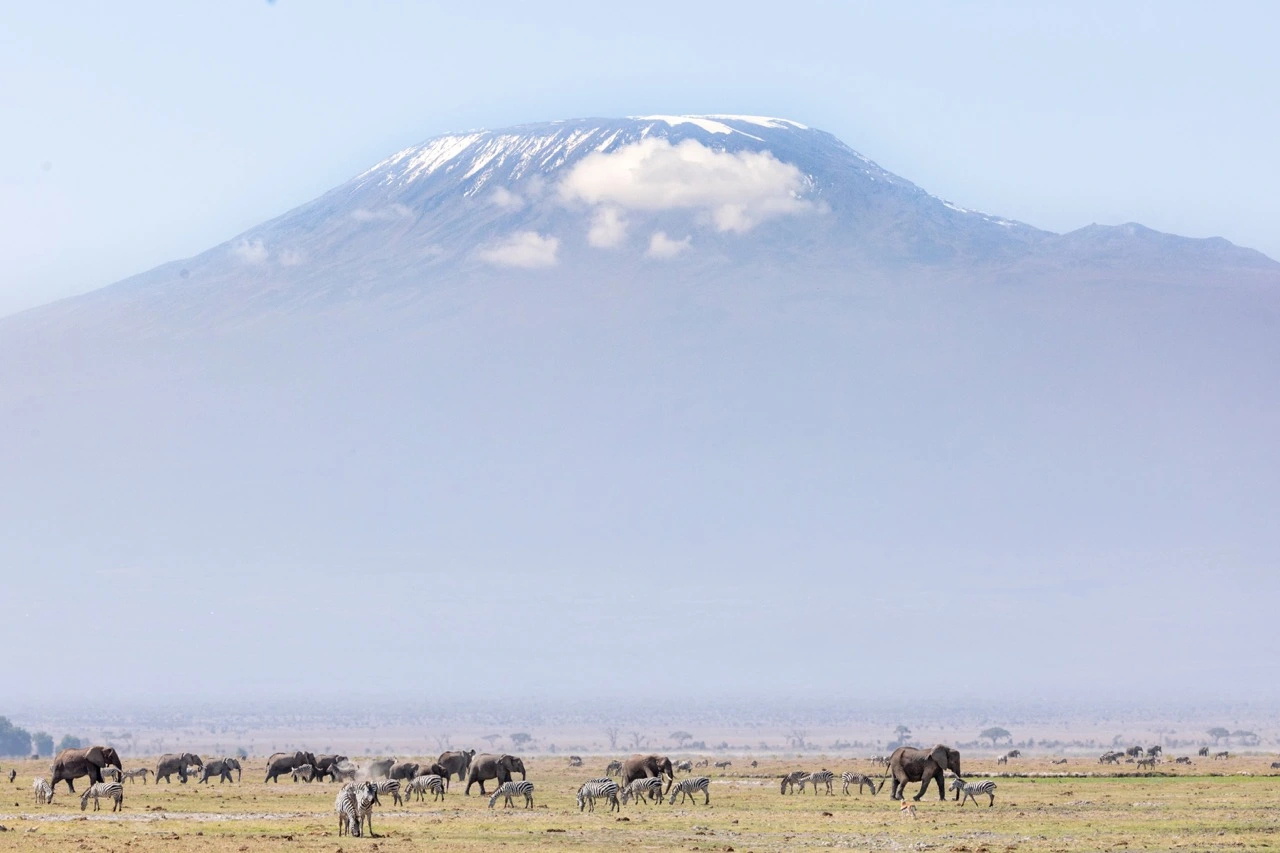
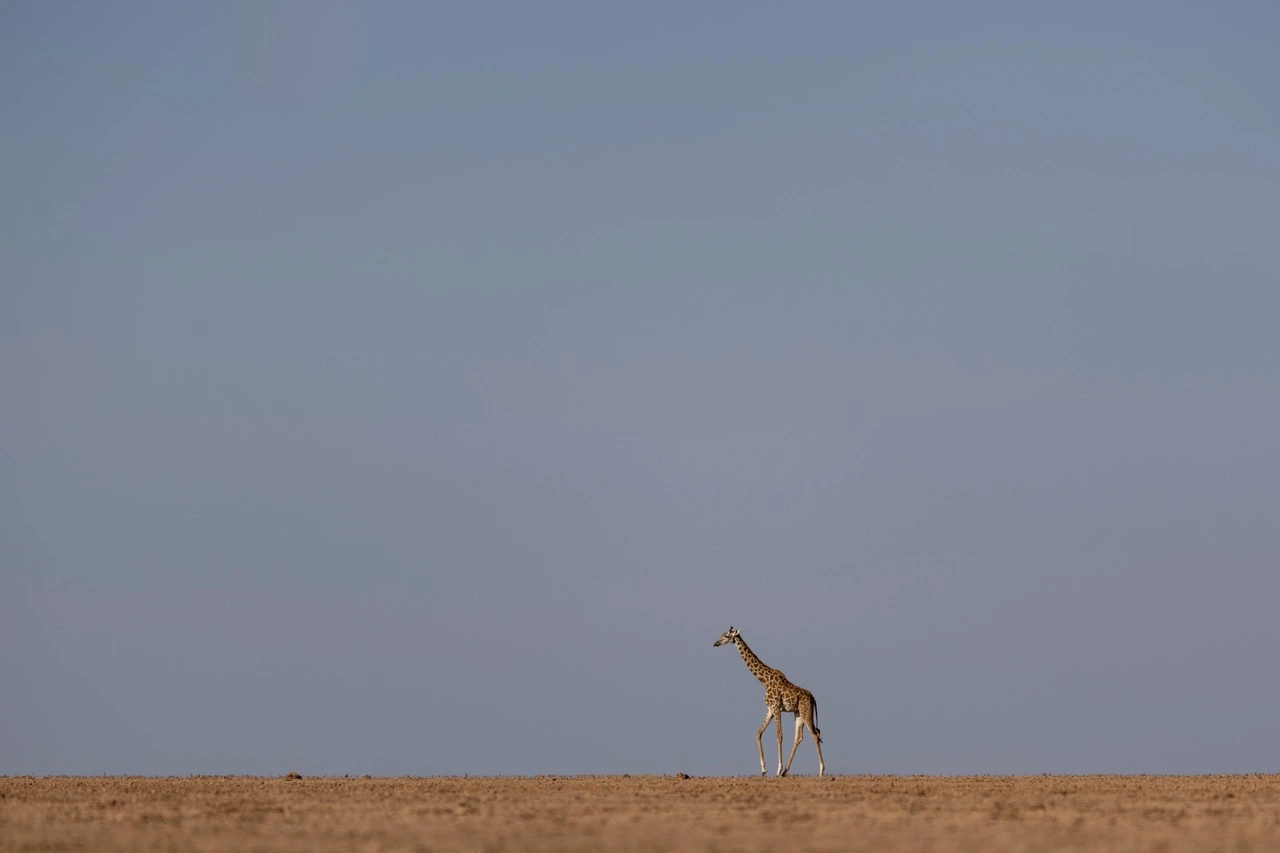
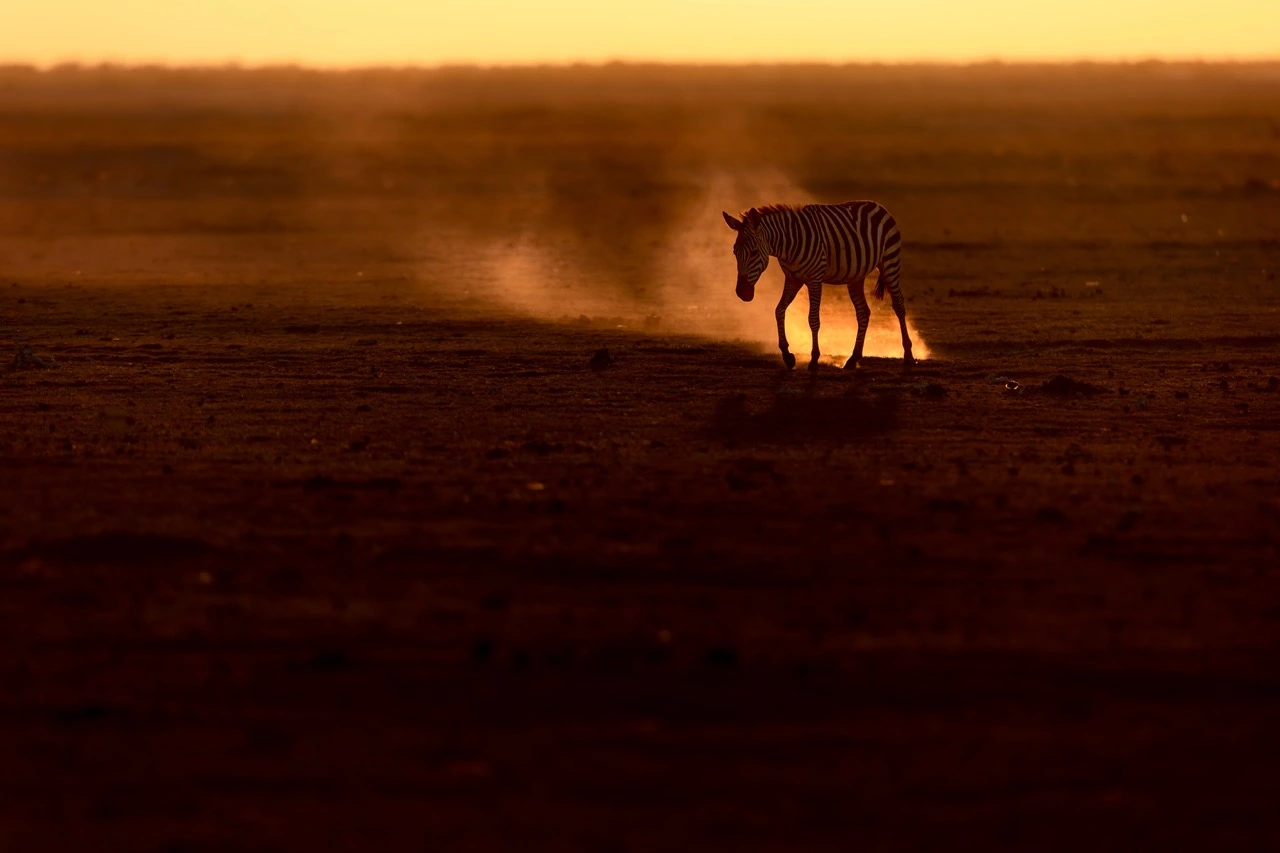
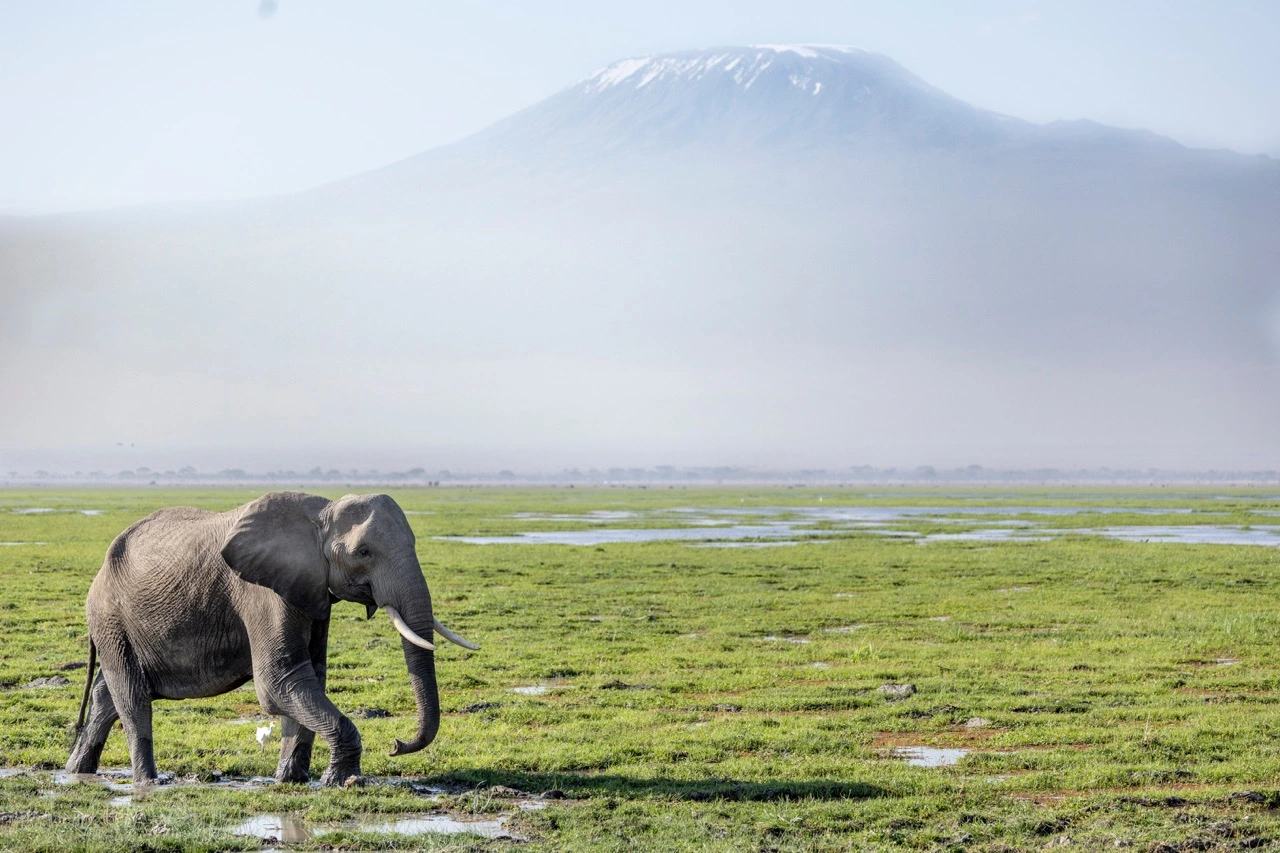
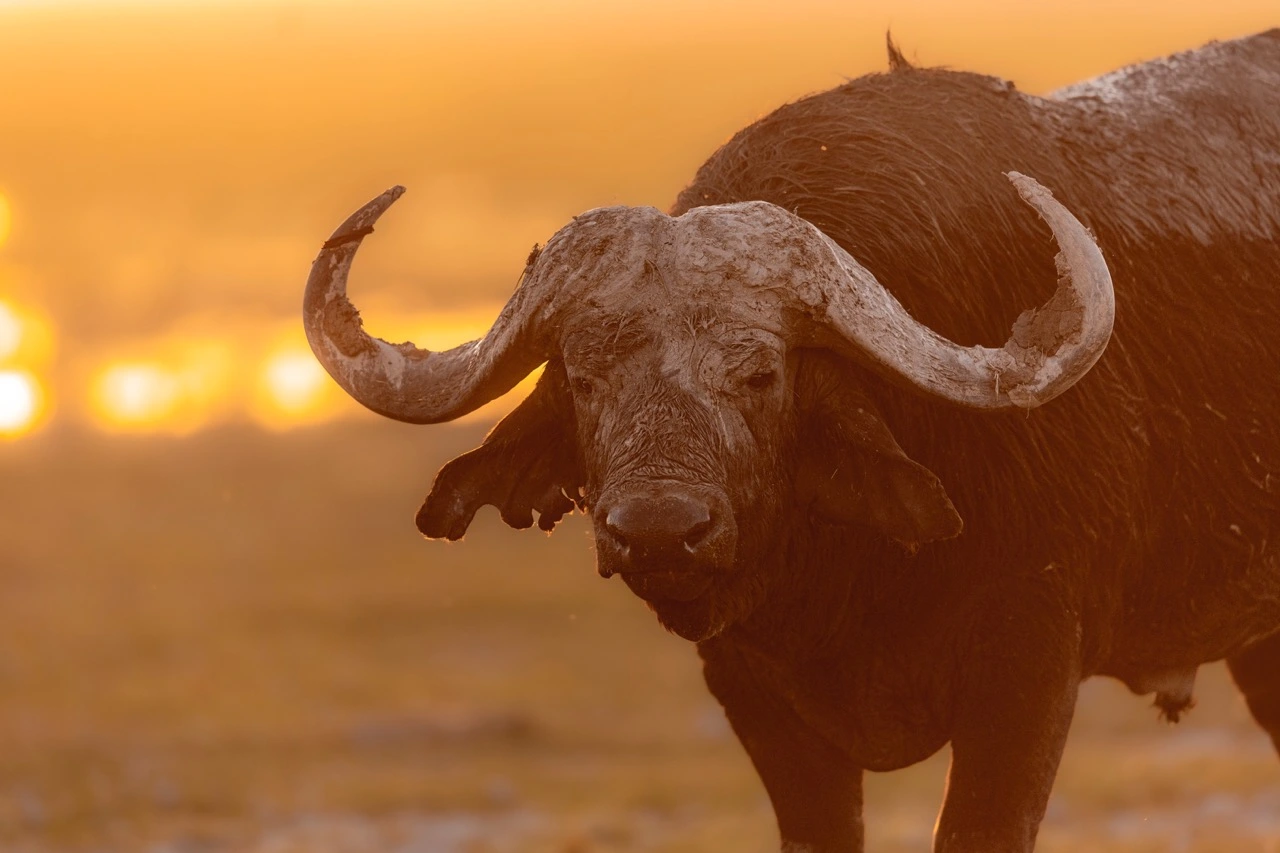
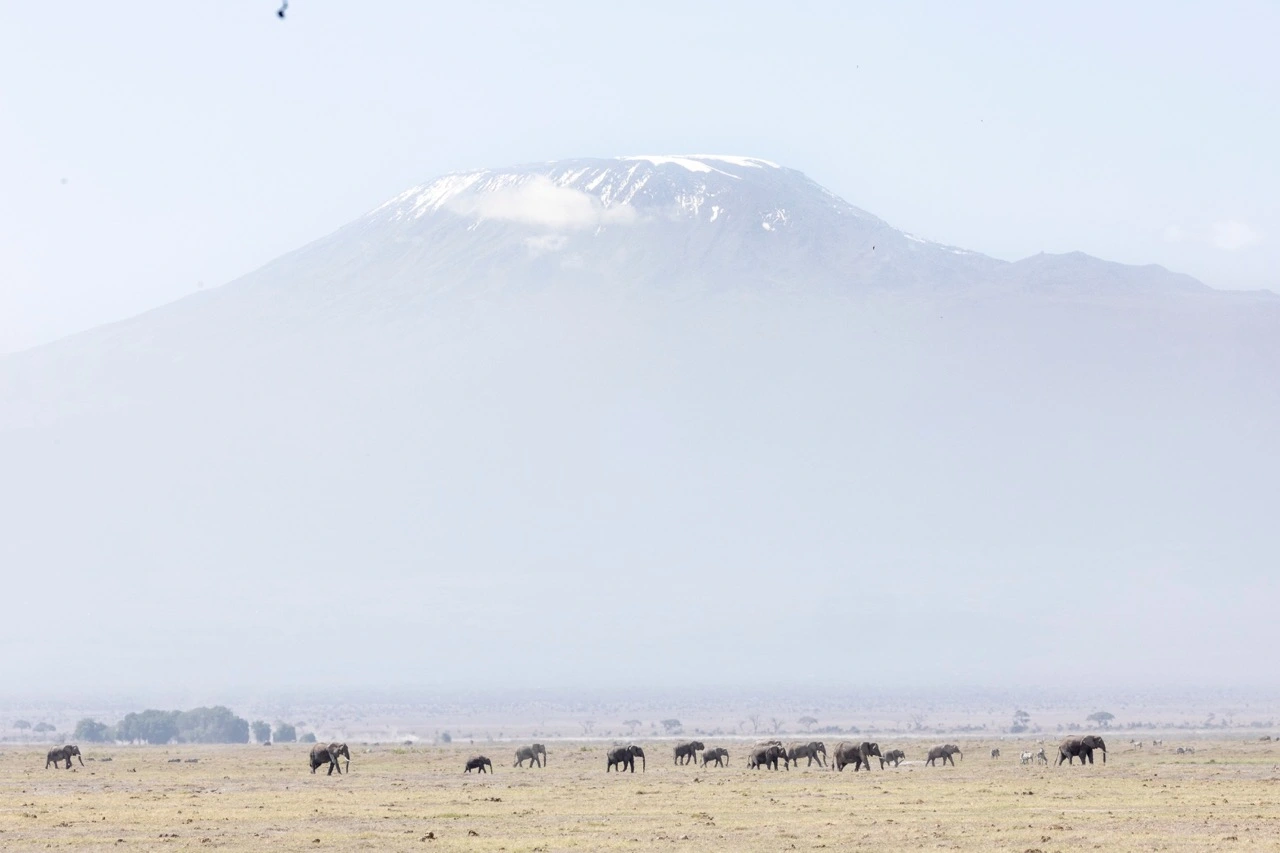
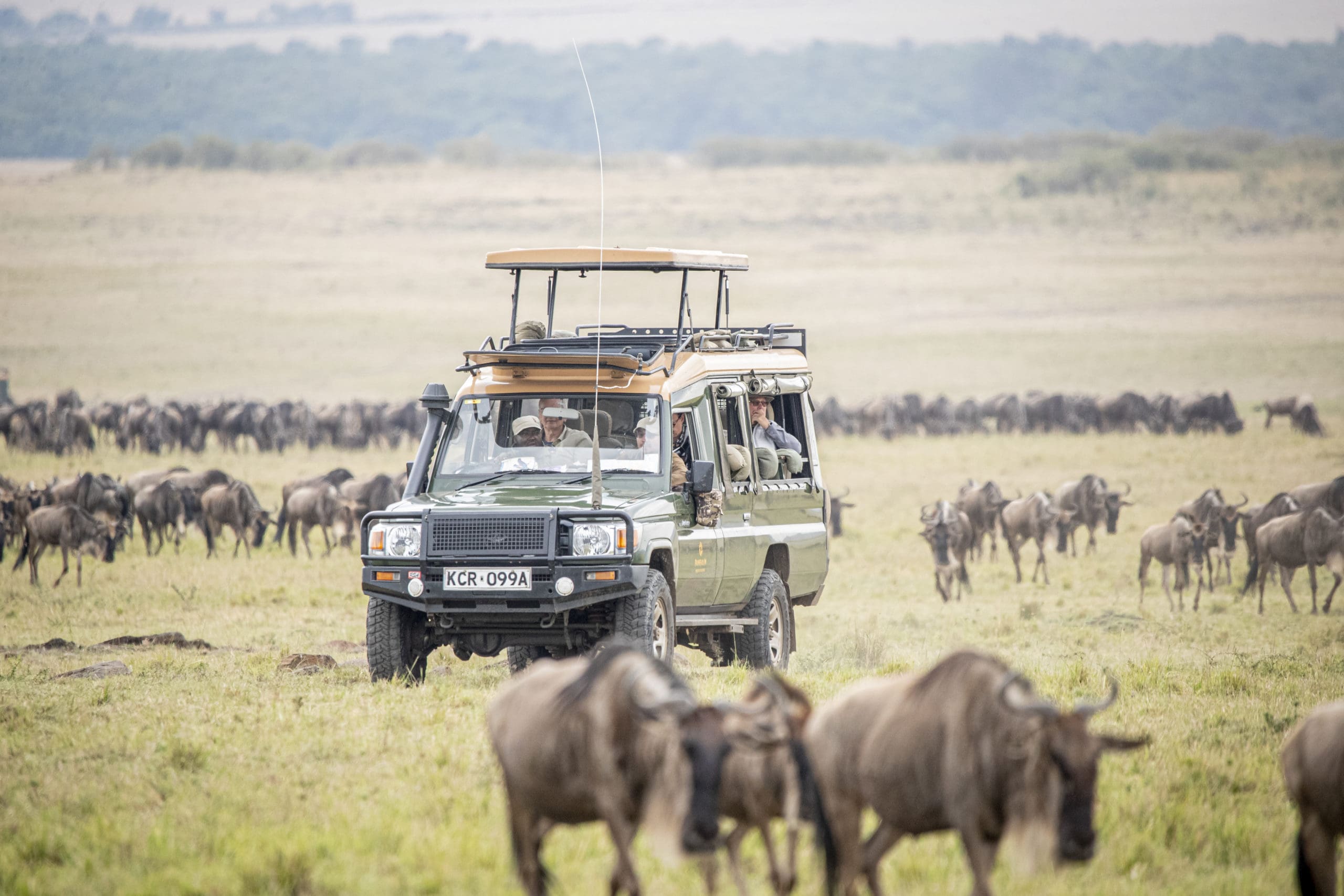
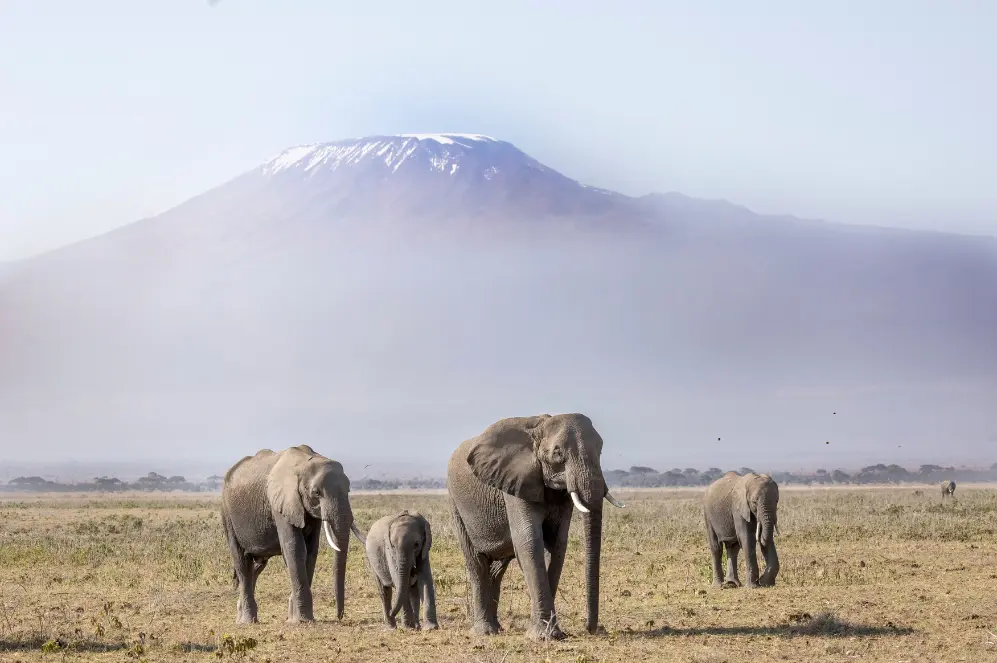
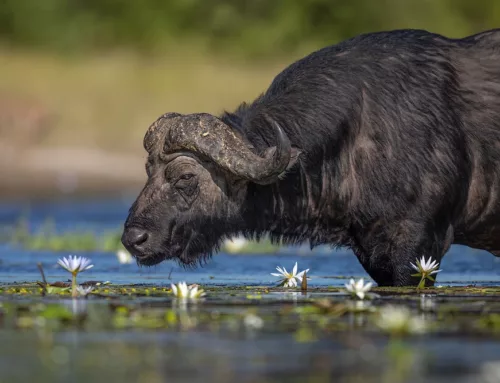
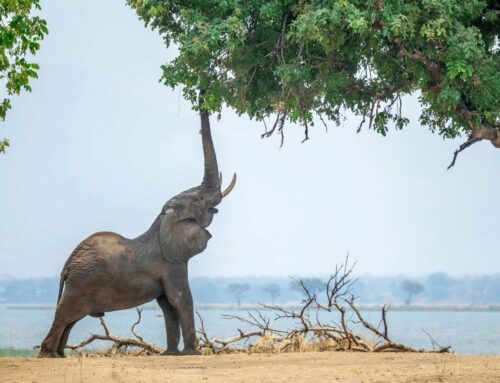
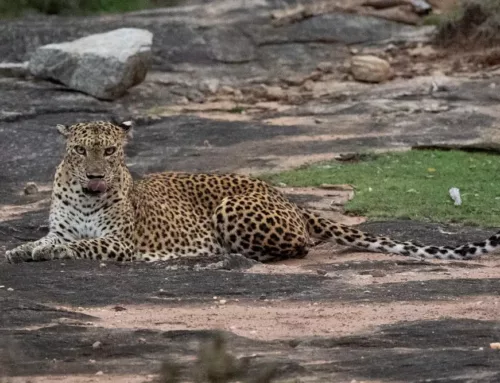
Leave A Comment
You must be logged in to post a comment.